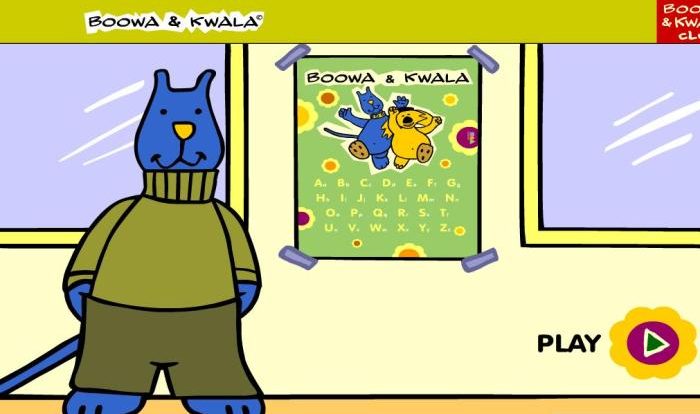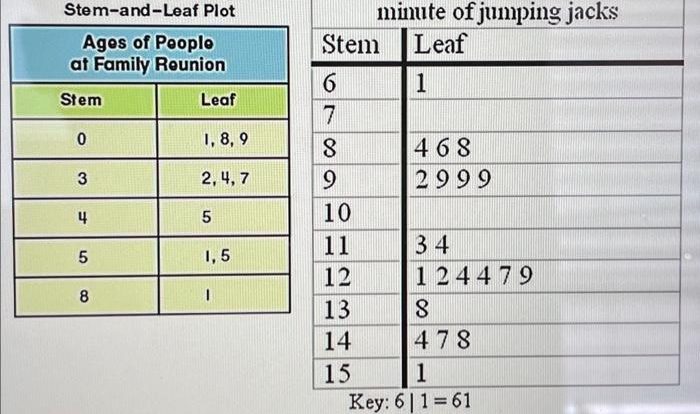Fingerspelling our way to reading unveils a captivating journey into the realm of communication and literacy, exploring the profound impact of this unique language form on the lives of individuals, particularly those who are deaf or hard of hearing.
This comprehensive exploration delves into the historical roots and global variations of fingerspelling, highlighting its advantages and limitations in comparison to other communication methods. Furthermore, it sheds light on the pivotal role fingerspelling plays in supporting phonemic awareness, early literacy skills, and the development of spoken and written language.
Fingerspelling as a Communication Method
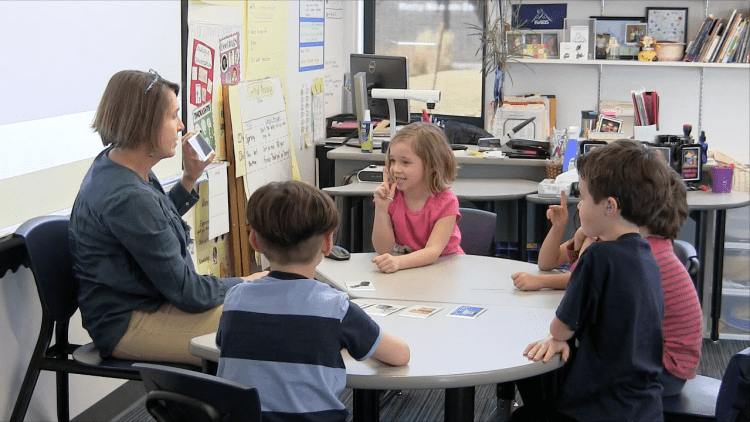
Fingerspelling is a manual communication system that uses handshapes, movements, and finger positions to represent letters, words, and phrases. It is a valuable communication tool for deaf and hard-of-hearing individuals, allowing them to communicate effectively with others.Fingerspelling has a rich history, dating back to the 16th century.
The first known fingerspelling system was developed by a Spanish monk named Pedro Ponce de León. Over time, various fingerspelling systems emerged worldwide, each tailored to the specific needs of different deaf communities.Advantages of fingerspelling include its portability, versatility, and ease of use.
It can be used in any environment, regardless of noise levels or lighting conditions. Fingerspelling is also a relatively quick and efficient way to communicate.However, fingerspelling also has some disadvantages. It requires manual dexterity and can be tiring to use for extended periods.
Additionally, it may not be as visually accessible as sign language, which uses facial expressions and body movements to convey meaning.
Fingerspelling and Reading Development
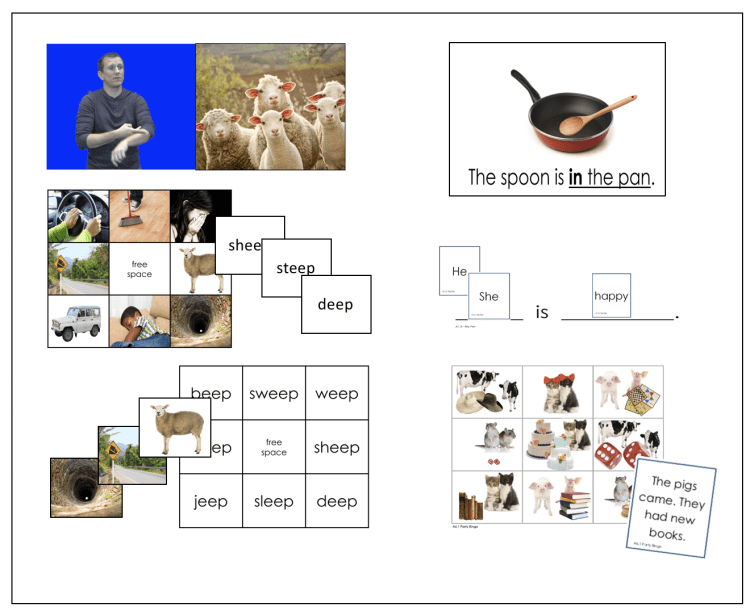
Fingerspelling plays a significant role in supporting phonemic awareness and early literacy skills in deaf and hard-of-hearing children. By associating handshapes with specific sounds, fingerspelling helps children develop an understanding of the sound structure of language.Research has shown that fingerspelling can improve reading acquisition in deaf and hard-of-hearing children.
Studies have found that children who are exposed to fingerspelling from a young age have better phonological awareness, vocabulary, and reading comprehension skills.Incorporating fingerspelling into reading instruction can enhance comprehension and retention. For example, teachers can use fingerspelling to introduce new vocabulary words, demonstrate the spelling of unfamiliar words, and help students decode unfamiliar text.
Fingerspelling and Language Development: Fingerspelling Our Way To Reading
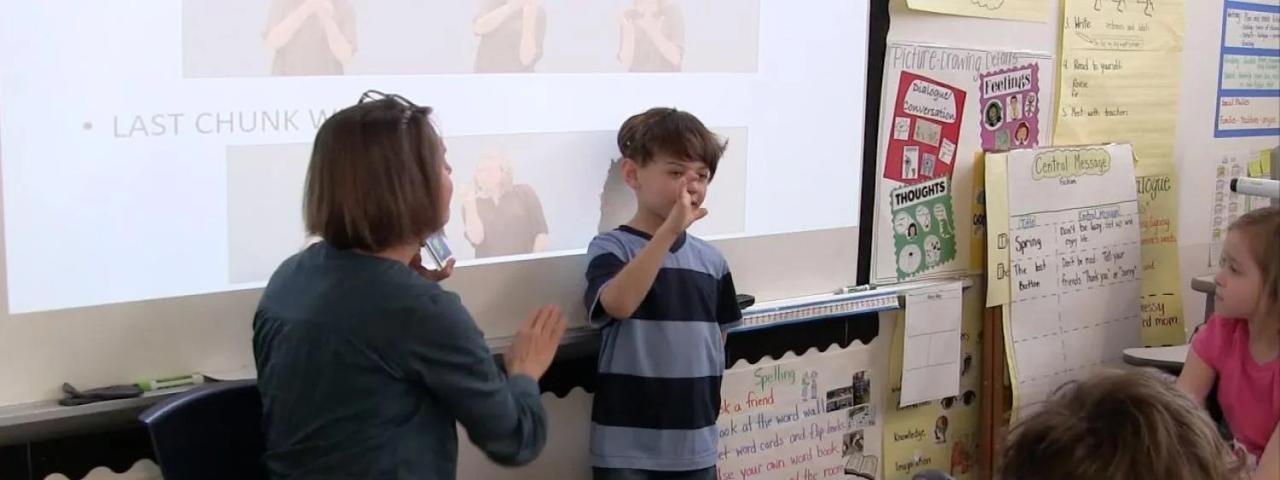
Fingerspelling is an essential tool for the development of spoken language in deaf and hard-of-hearing children. It provides a visual representation of the sounds of language, allowing children to see and feel the movements of the mouth and tongue.Fingerspelling can enhance vocabulary and grammar skills.
By exposing children to the written form of words, fingerspelling helps them expand their vocabulary and learn the correct spelling of words. Additionally, fingerspelling can be used to teach grammar concepts, such as parts of speech and sentence structure.
Fingerspelling and Educational Equity
Fingerspelling is crucial for educational equity for deaf and hard-of-hearing students in mainstream classrooms. It provides them with an accessible means of communication and allows them to participate fully in the learning process.Inclusive educational practices that incorporate fingerspelling are essential for creating accessible and equitable learning environments.
This includes providing deaf and hard-of-hearing students with access to fingerspelling interpreters, incorporating fingerspelling into classroom instruction, and creating a supportive environment where students feel comfortable using fingerspelling.
Common Queries
What is the significance of fingerspelling in education?
Fingerspelling plays a crucial role in education, particularly for deaf and hard-of-hearing students, as it provides a visual representation of spoken language, facilitating phonemic awareness, vocabulary development, and reading comprehension.
How does fingerspelling support reading acquisition?
Fingerspelling enhances reading acquisition by promoting phonemic awareness, the ability to recognize and manipulate individual sounds in words. By associating letters with specific finger movements, fingerspelling helps learners connect the sounds of language to its written form.
What are the benefits of using fingerspelling in language development?
Fingerspelling fosters language development by providing a visual representation of spoken language, which can be particularly beneficial for deaf and hard-of-hearing children who may have difficulty perceiving auditory cues. It also supports vocabulary expansion and grammar skills by allowing learners to see and manipulate words in a concrete way.
